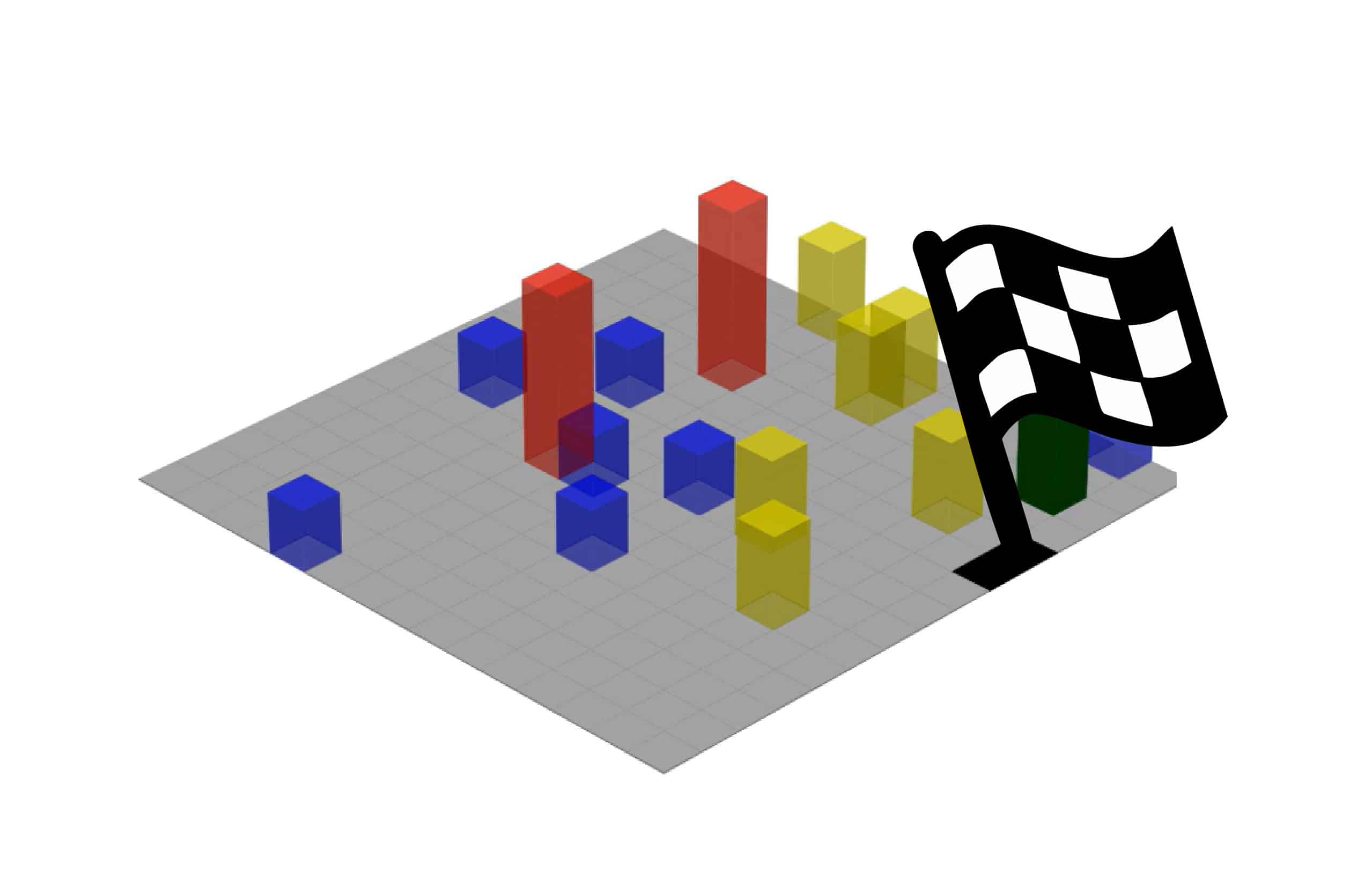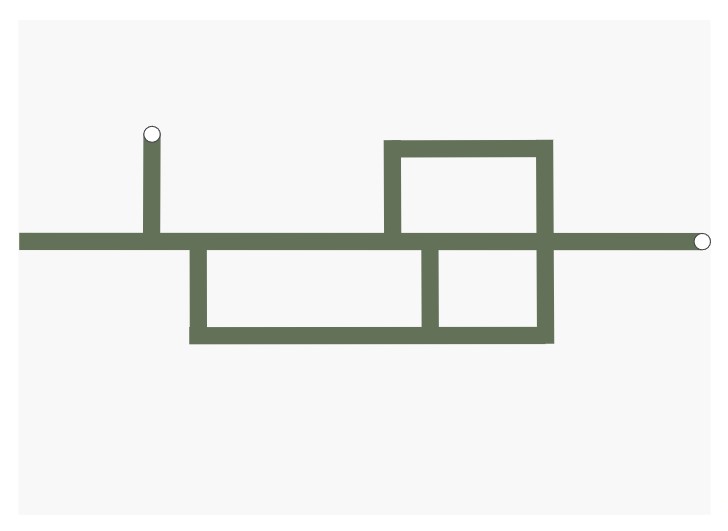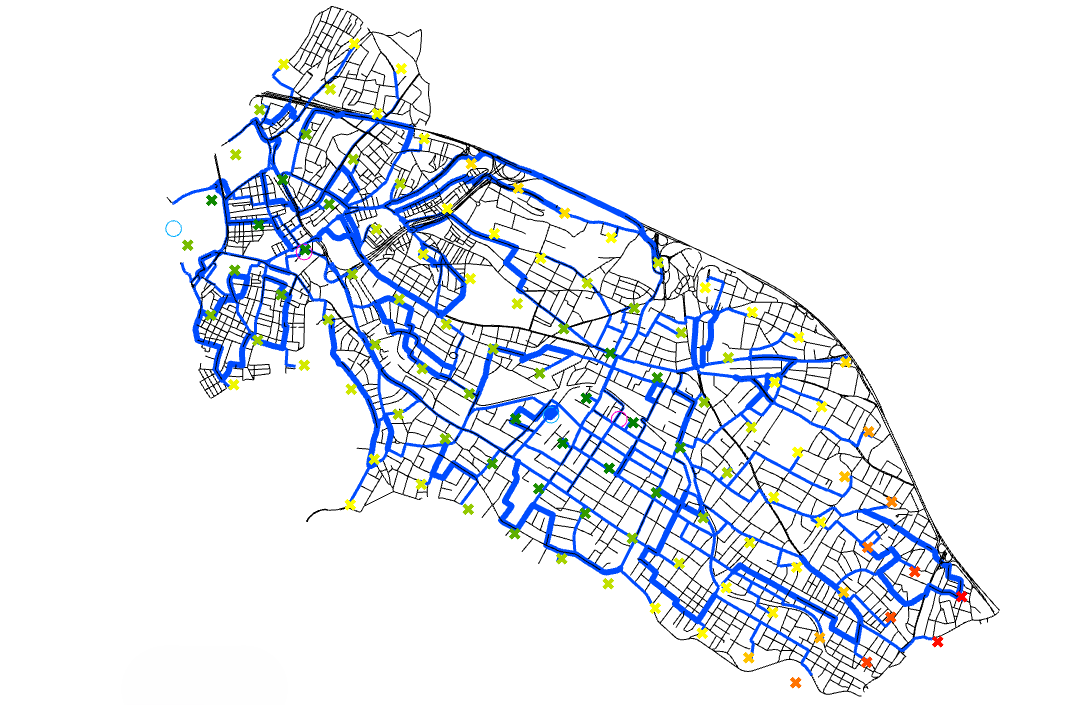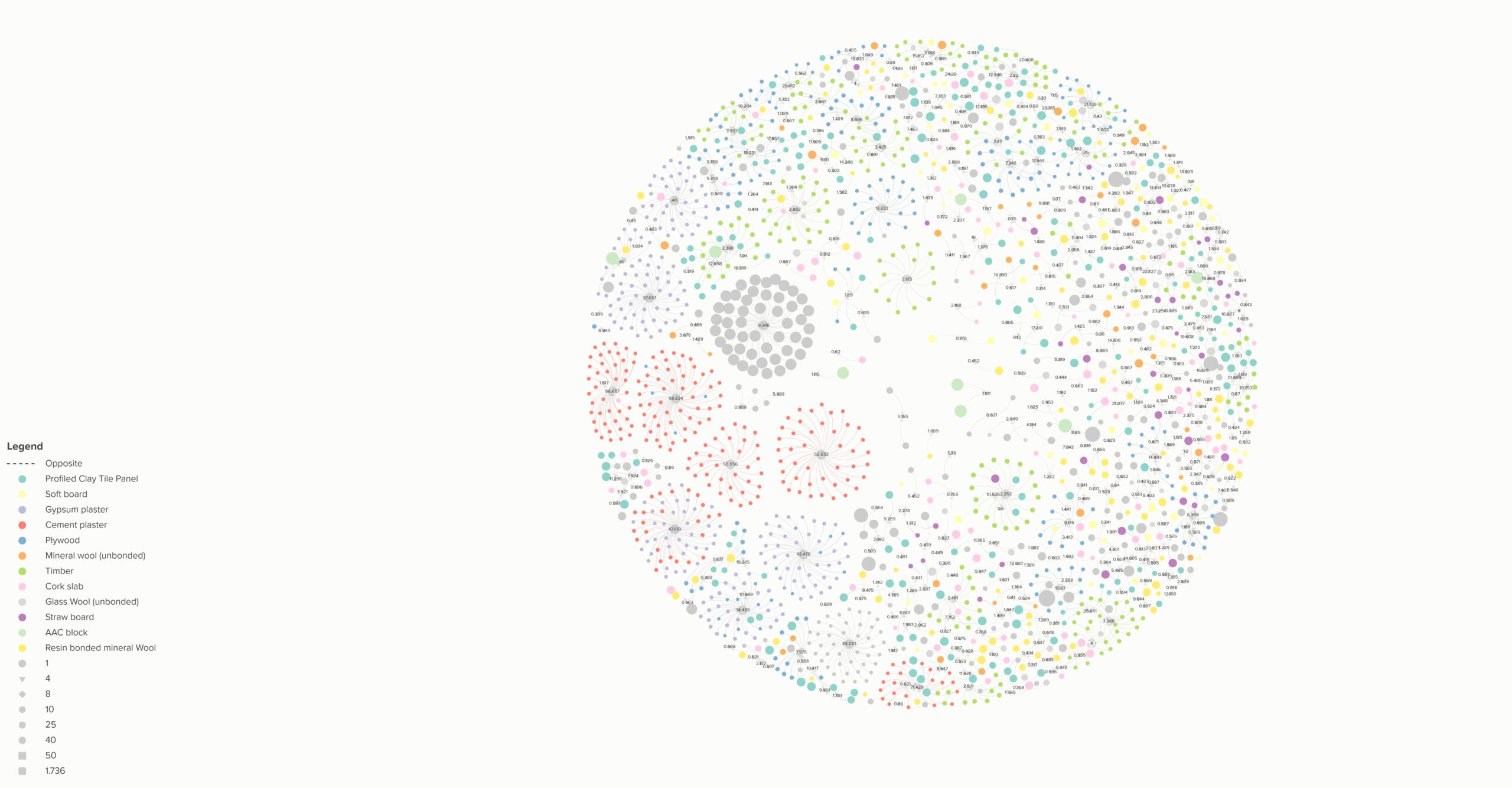Reinforcement Learning for Robotic Pick and Place
In pick-and-place robotics, a robotic arm must move from a start position to a target location (e.g., to pick or place an object) while safely navigating around obstacles. These obstacles may vary in size, severity, or risk — requiring the robot to adapt its path based on the workspace condition. This project simulates the core … Read more






